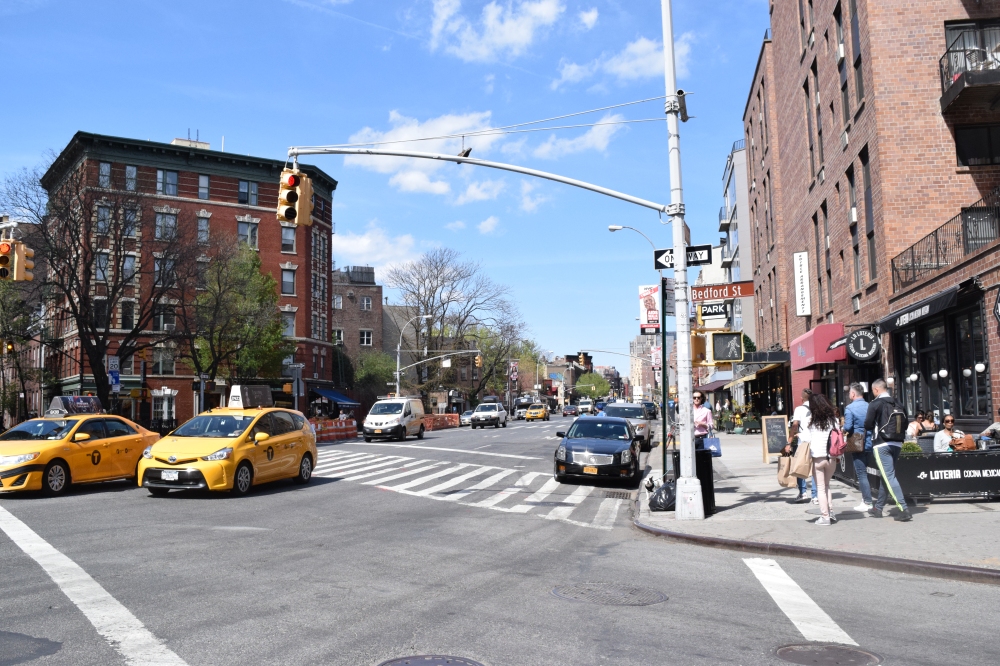
Colonnade Row
Colonnade Row, or La Grange Terrace as it was first known, became an individual landmark in 1965 under the newly enforced Landmarks Law. Situated in the historic district of NOHO, Colonnade Row consists of 428-434 Lafayette Street.
The original nine, Greek-Revival style buildings were completed in 1833, on the land that was owned by John Jacob Astor and surrounded by the Vauxhall Gardens.

The Row project capitalized and honored Marquis de Lafayette, known for his contribution to the Revolutionary War, and was named La Grange Terrace originally after his estate in France.
Four of the buildings now stand proudly on Lafayette Street, across from the Public Theater, another landmark (to be talked about later!).
















